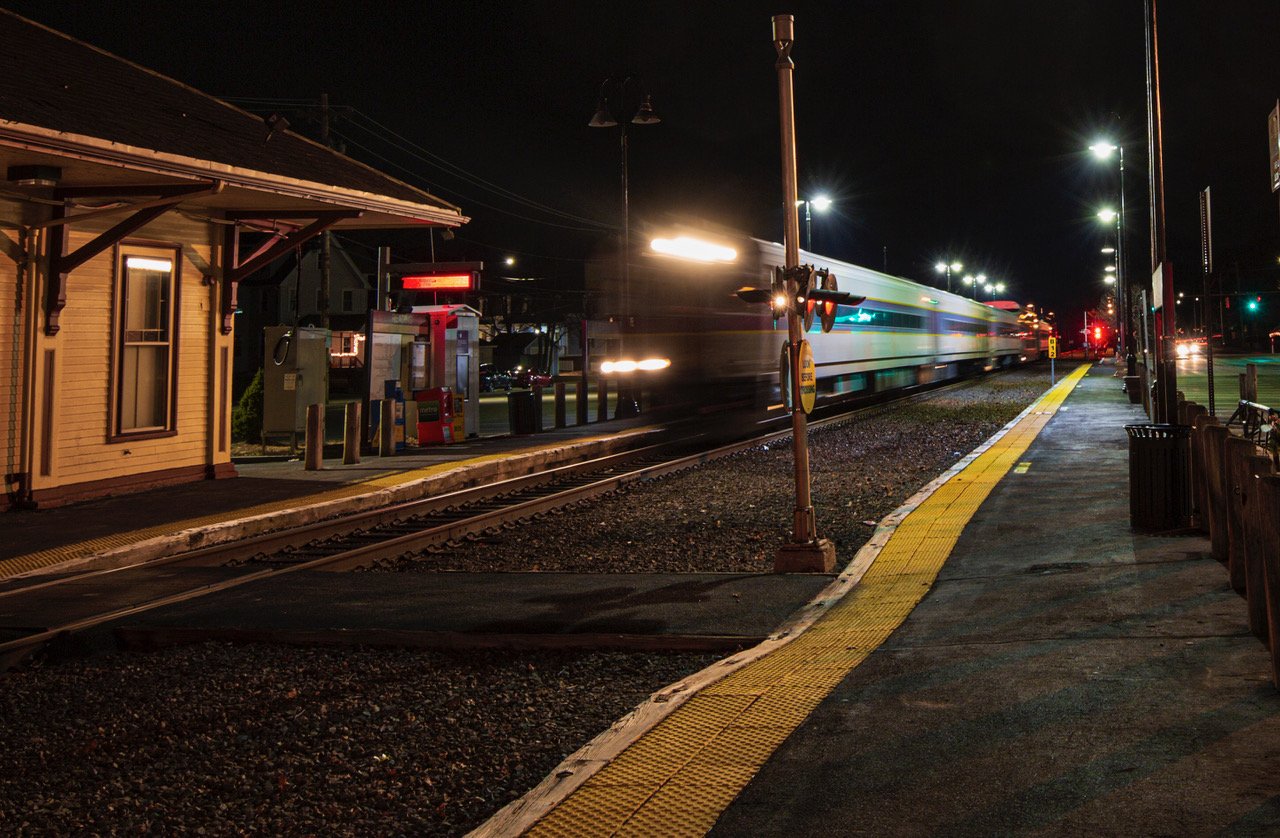
Local Government
Want to be more engaged in your community?
Take a moment to review the local election details provided below to see the results of the vote for two debt exclusion projects: Killam School Building and Reading Center for Active Living (ReCAL) and how it will impact your household.
Graphic by the Town of Reading, available in the April 2025 Town Meeting Warrant Report, page 38.
Understanding your local government
This chart illustrates the organizational structure of the Town of Reading, showing how elected officials, departments, and services are interconnected. From the School Committee to the Town Manager, Public Works to Public Safety, every role is part of the broader mission to serve the people of Reading. Use this guide to better understand who does what - and how to get involved or find help when you need it!
How does our local government work?
Local government shapes everything from schools and roads to public safety and community programs. Understanding how decisions are made - and who makes them - helps you stay informed and engaged.
Check out these videos to learn about the roles of elected officials, Town Meeting, and how you can get involved!
Episode 1 (2 min): Introduction to the series
Episode 2 (2.5 min): Structure of Reading’s government
Episode 3 (4.5 min): Town Meeting
Episode 4 (3 min): Quick facts to know
Episode 5 (4 min): Select Board
Episode 6 (4.5 min): School Committee
Episode 7 (3.5 min): Board of Library Trustees
Do you know who your current elected officials are?
Your local leaders make important decisions that impact our community every day. Stay informed and engaged - find out who represents you!
What precinct do I live in?
The Town of Reading is divided into eight (8) total precincts for determining where voters cast their ballot on election day in the Hawkes Fieldhouse at Reading Memorial High School, and sometimes which candidates they are eligible to vote on. Precincts are determined by boundaries that consider factors like population size, neighborhood continuity, and accessibility and are redrawn after the U.S. Census is completed every 10 years to reflect population changes and ensure fair representation. Election officials use precincts to manage voter registration, distribute election materials, and reporting election results.
To find out what precinct you live in, visit the Town of Reading website to look up your address.
Click on one of the maps below to see the list of addresses in each precinct.
Why should I vote In local elections?
Voting in local elections is crucial because local officials make decisions that directly impact your daily life. These officials determine policies on education, public safety, transportation, housing, and much, much more, directly shaping the quality of life and direction of our community. Additionally, local elections often have a lower voter turnout, meaning each vote carries more weight and significantly influences outcomes. By participating, you ensure that your interests and concerns are represented in local governance.
An informed and engaged electorate is vital for a healthy democracy. When residents are knowledgable about issues, candidates, and policies, they can make decisions that align with their values and the community’s best interests. Engagement ensures diverse voices are heard fosters accountabililty in leadership, and strengthens trust in the democratic process.
What was voter turnout in Reading during the 2024 and 2025 elections?
-
Number of registered voters in Reading: 20,647
Number of total ballots cast: 7,350
Percent of registered voters that cast a ballot: 35.6%
-
Number of registered voters in Reading: 20,647
Number of total ballots cast: 8,021
Percent of registered voters that cast a ballot: 38.8%
-
Number of registered voters in Reading: 20,702
Number of total ballots cast: 6,020
Percent of registered voters that cast a ballot: 29.1%
-
Item descriptionNumber of registered voters in Reading: 20,850
Number of total ballots cast: 3,761
Percent of registered voters that cast a ballot: 18.0%
-
Number of registered voters in Reading: 21,037
Number of total ballots cast: 16.650
Percent of registered voters that cast a ballot: 79.1%
-
Number of registered voters in Reading: 21,176
Number of total ballots cast: 4,501
Percent of registered voters that cast a ballot: 21.3%
-
Number of registered voters in Reading: 21,229
Number of total ballots cast: 4,915
Percent of registered voters that cast a ballot: 23.2%
Curious about election results dating back to 1900? Check out this PDF to see how voting in Reading has evolved over 125 years of recorded elections.










